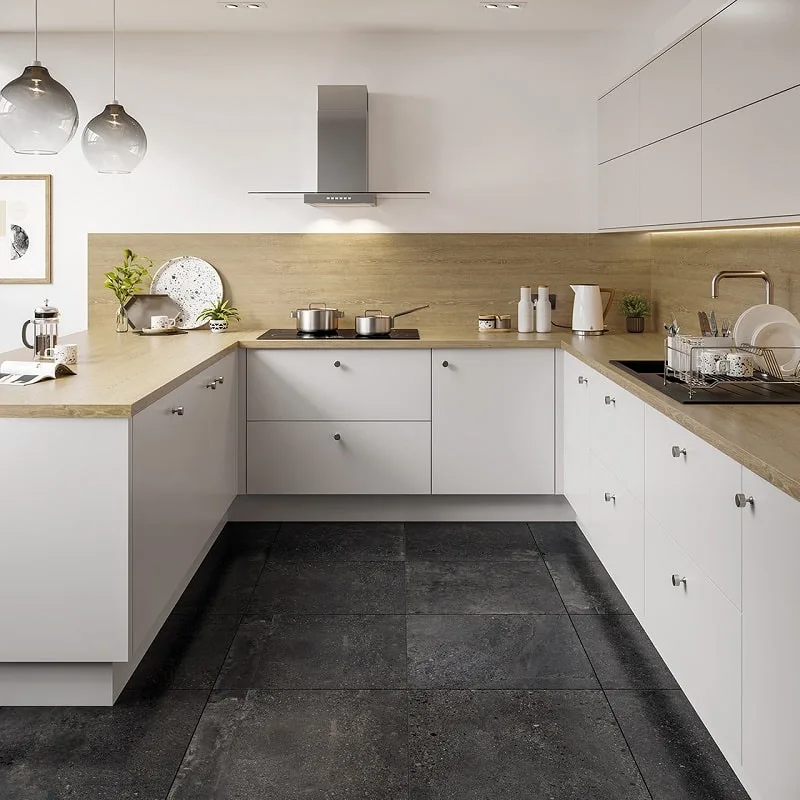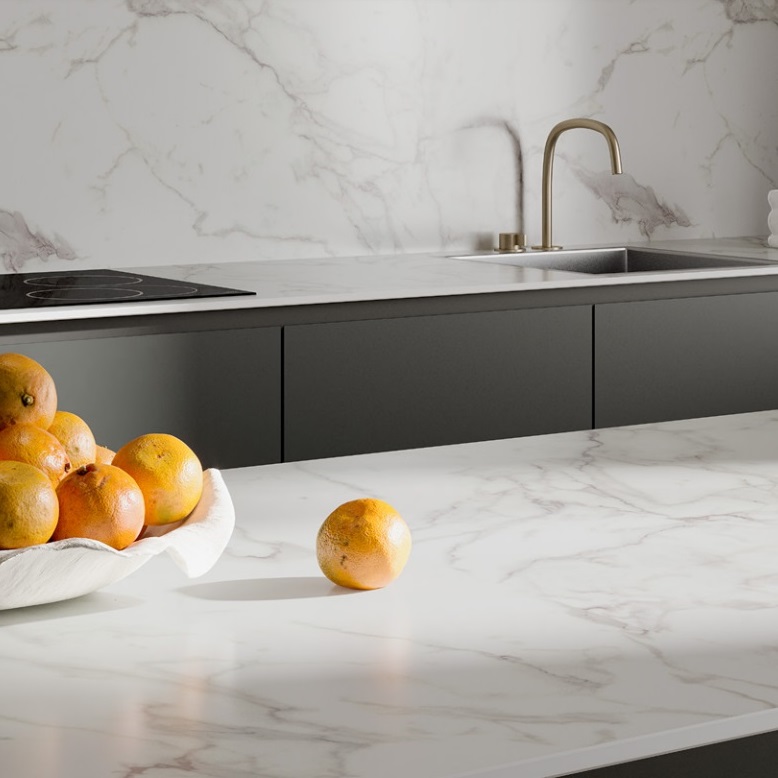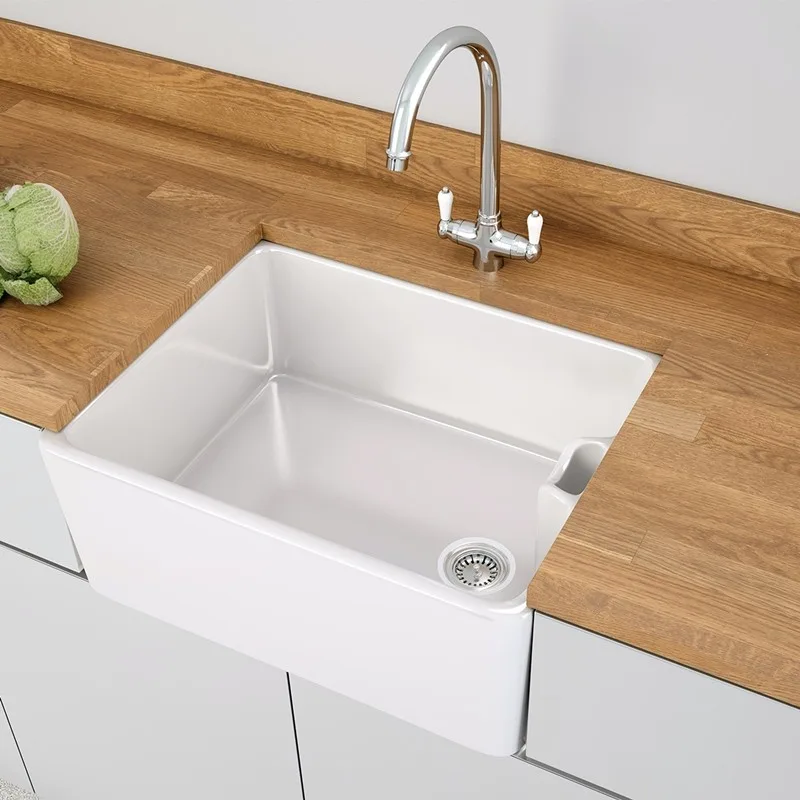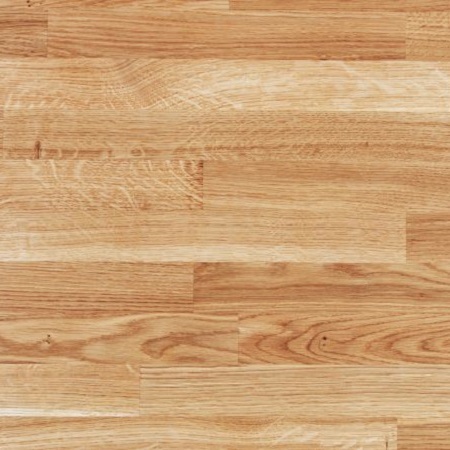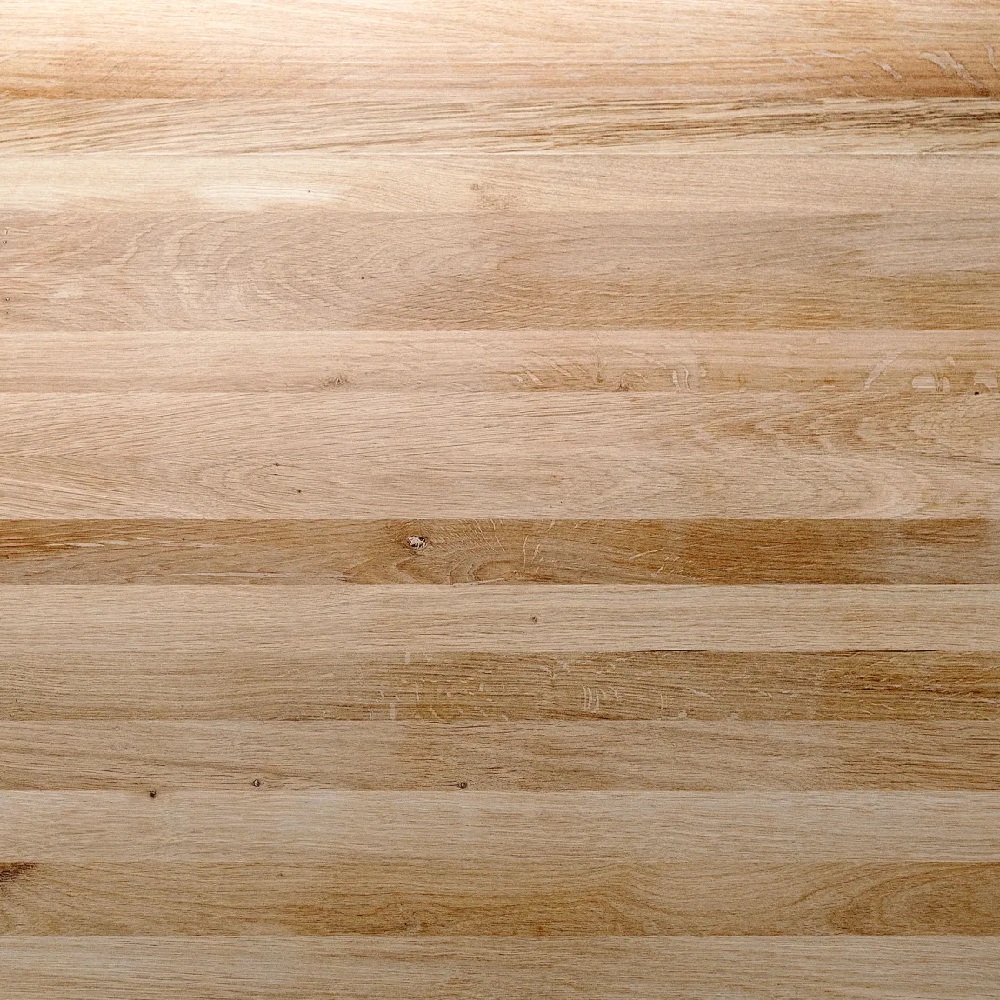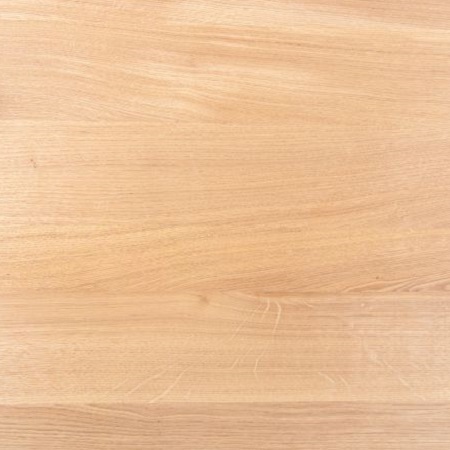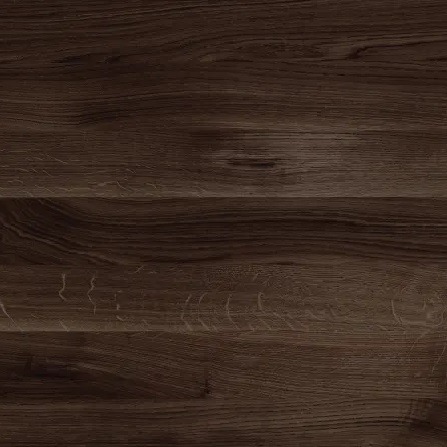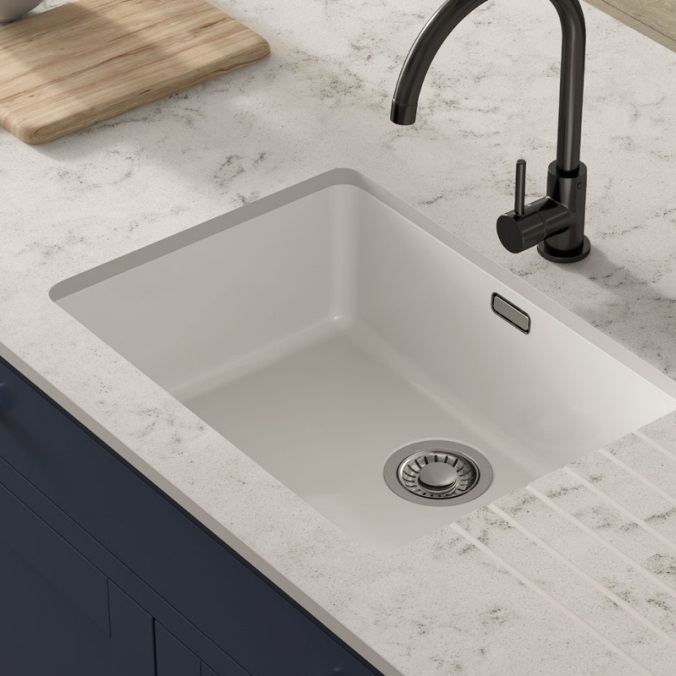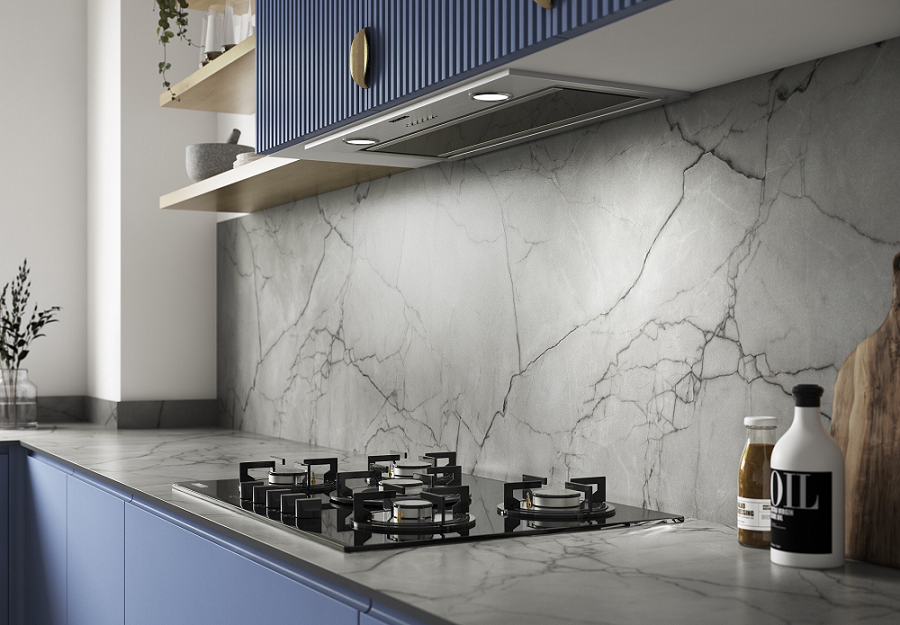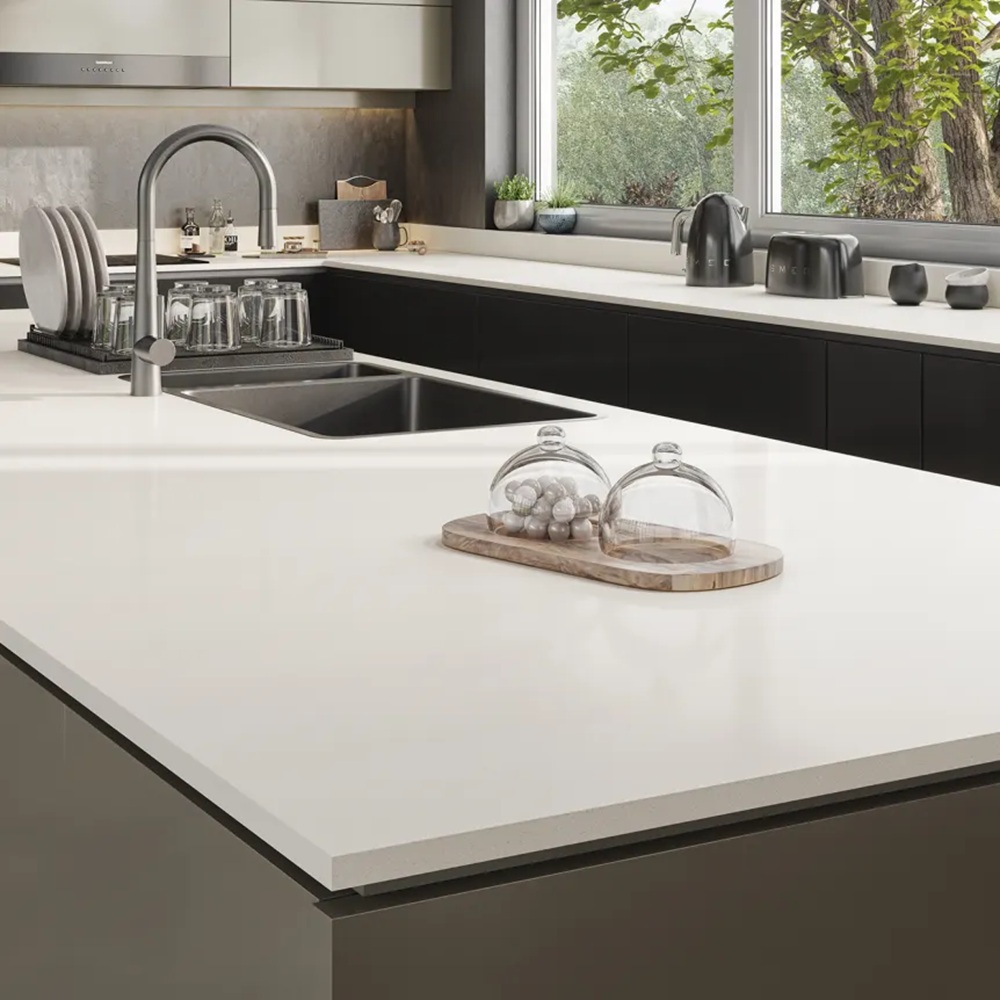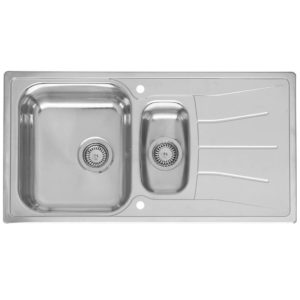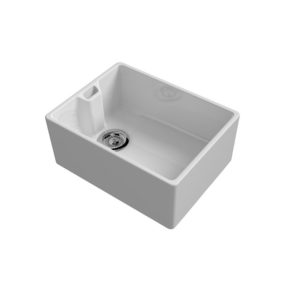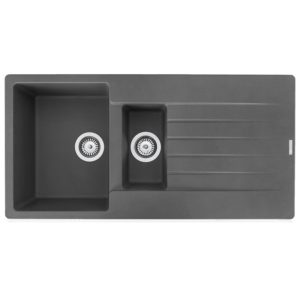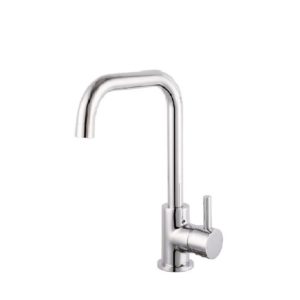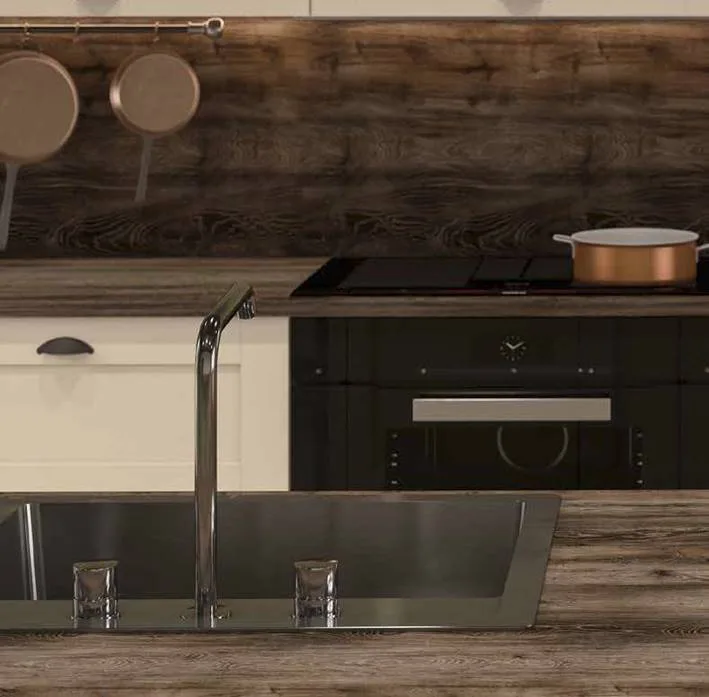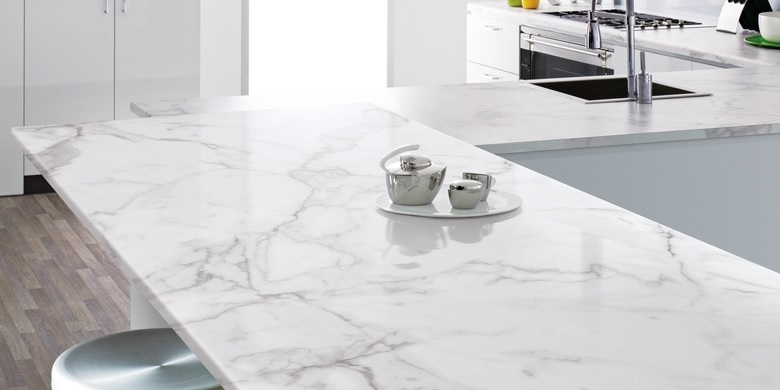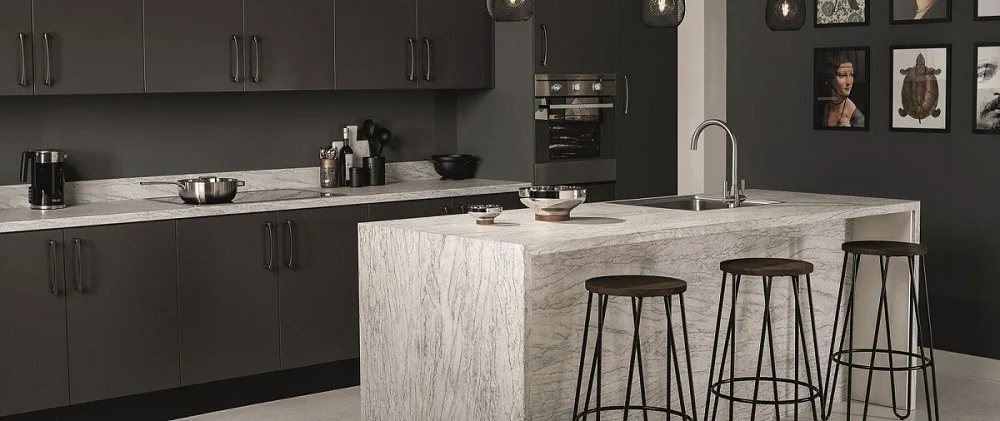Laminate Worktop Scratch Repair Guide Laminate worktops are a practical and budget-friendly choice for kitchens. They come in a wide range of styles and finishes, offering the look of natural stone or wood without the hefty price tag. But like any surface used daily, they can pick up scratches over time. Knowing how to fix […]
Kitchen Worktop brands
LAMINATE WORKTOPS
Laminate worktops are the most cost effective and practical kitchen surface to buy online today.
SOLID COMPACT WORKTOPS
Compact worktops have a solid core giving it strength, they are also 100% waterproof.
SOLID WOOD WORKTOPS
Wood worktops are timeless natural beautiful wooden surfaces which gives warmth and charm.

